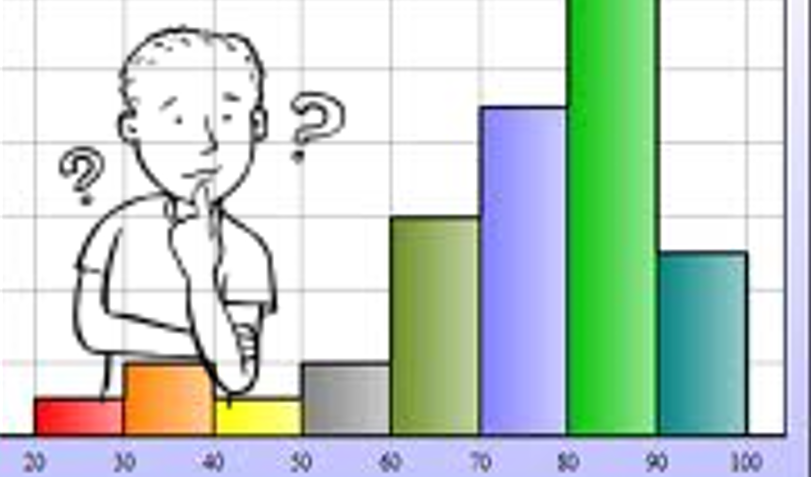Submitted by: Becky Sievert
Collaborators: Nancy Nelson (Henrico High) and William Berry (Moody ITRT)
School: Moody Middle School
Summary
This particular lesson focuses on the use and importance of geometric shapes and functions in architecture. The lesson serves both as a review of specific geometric shapes and functions and an introduction to their uses in architectural designs. The students work in teams to locate and research geometric shapes in architecture. The final piece of this lesson asks the students to develop their own ideas about geometry and architecture. The students are asked to explain and describe what they would change about a specific piece of architecture if they were the designer. The students justify their decisions using their knowledge of geometry and the research that they completed in class.
TIPC Ratings
Research and Information Fluency: Approaching – 4
The teacher facilitates a discussion in which the students select the most appropriate digital tool(s) for their research and construct research questions that will lead them to the information needed to complete the lesson. The teacher questions students on their research methods and asks the students to justify and explain the particular tool(s) that they use for this research. In future scenarios, this lesson could be improved by having the students use their research to complete an authentic task; specifically, the students could use their research to design and create their own piece of architecture, rather than just discussing the process.
Communication and Collaboration – 4
The students choose their own partners for this assignment, which lets them consider the strengths of each particular individual in developing roles for the assignment. Some students who are more familiar with architecture can help their group members locate appropriate items for this assignment. Other students who are more familiar with the digital tools can help their partners use those tools to locate and highlight the information that is required for this assignment. This assignment does not involve communication/collaboration through the use of digital tools, but this component could be included in future lessons. As a class, the students could brainstorm research ideas and locations of geometric figures using a discussion board, blog, or other Web 2.0 tool. Additionally, this lesson could approach the ideal category by including communication with another school, class, or even a real-life architect in creating an authentic piece of architecture. The students could utilize Skype, Google apps, or other web 2.0 tools to facilitate this communication.
Critical Thinking and Problem Solving: Ideal – 6
The last portion of this assignment causes students to reflect on their roles as critical thinkers. The students are not only asked to rationalize the use of geometric shapes in real-life architecture, but also to reflect on the architect’s choices in an attempt to improve upon the structure. In order to expand upon this assignment, students could use digital tools to actually design and create a new piece of architecture based on their suggestions, rather than solely reflect on its implementation.
Creativity and Innovation: Approaching – 4
Students are asked to analyze trends and make predictions based on their research in order to justify architectural design and generate new ideas. The lesson could be improved even further by encouraging students to use their predictions and analyses in order to create their own blueprint for a new piece of architecture using the digital tool best suited for the job. (ActivInspire would be ideal for this due to the math tool options available to the students). Students could use their blueprints to create a model or an actual piece of architecture.
Student Artifact
Download Files
Where is the Geometry – Lesson Documents
Contents:
- H21 Lesson Plan
- Basic Lesson Outline Document
- Lesson Rubric
- Student Work Samples



